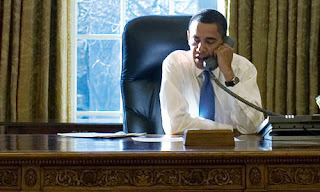One of the questions I’m most often asked by patients: “Is it possible to have more than one surgery at the same time?” This has been a particularly growing trend in the past few years. Over the last several years more and more patients come to the office wanting to address more than one problem area at the same time.
For many years plastic surgeons have been combining facial rejuvenation surgical procedures because as we all know, humans don’t age one facial part at a time. We commonly perform eyelid surgery and facelifts surgery simultaneously They are even combined with other rejuvenation surgical procedures because they can be done so safely. Patients are recovering at one time, and they end up with a more harmonious result.
As long as sound judgment and safety are the primary focus of all consideration, then even larger operations on the body can be accomplished in one operative visit. Preoperative screening should always be completed prior to an operation of larger magnitude or other longer and delicate procedures. The pre-op assessment will be a good indicator of what the patient will be able to safely handle. It is also important to make sure that you are choosing a plastic surgeon with proper credentials and plenty of experience as well as one that performs their surgeries in a certified operating facility.
As a double board certified surgeon, I say safety first!








